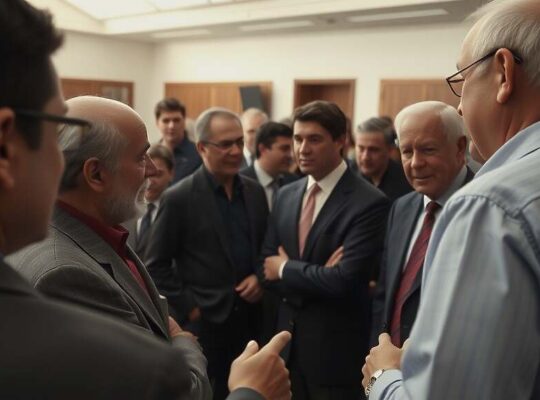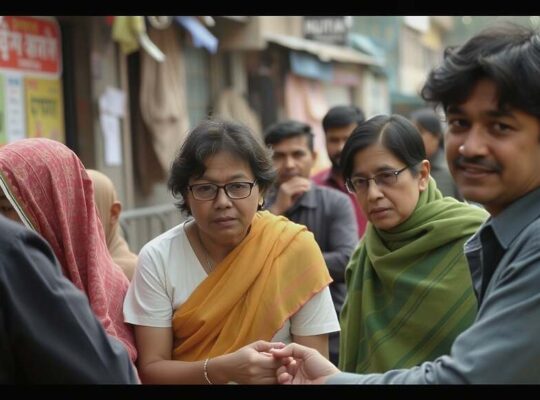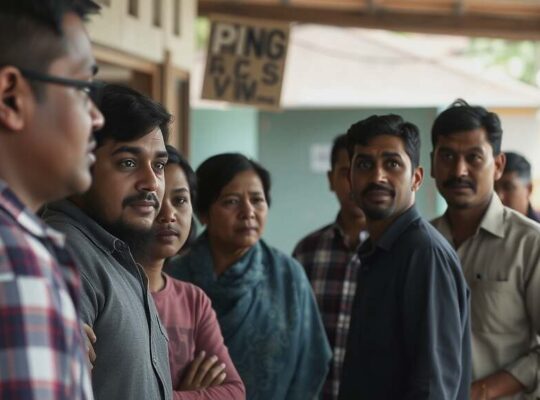The newly established Federal Ministry for Digital Affairs and State Modernization in Germany, spearheaded by CDU Minister Karsten Wildberger, is facing mounting criticism regarding its impact and effectiveness. While Minister Wildberger defends his approach, drawing a football analogy to suggest a shift in team spirit through reorganization rather than wholesale personnel changes, concerns are growing that the ministry is merely replicating the functions of pre-existing departments with limited demonstrable innovation.
The creation of the ministry, a key initiative within the current black-red coalition government, consolidated units from five different ministries and the Chancellery. However, critics, including Digital State Secretary of Saxony-Anhalt, Bernd Schlömer (FDP), allege that beyond the recently adopted modernization agenda, tangible results have been scarce in the first six months. Schlömer emphasized a perceived lack of “dynamism and agility” questioning the substantive changes implemented.
Minister Wildberger’s strategy of actively engaging with departmental projects, including the development of planned administrative applications, is also drawing scrutiny. While he asserts his close involvement is essential to ensuring the ministry’s interest in its officials’ solutions and fostering change, the level of intervention raises questions about bureaucratic efficiency and potential micro-management. Critics suggest this direct involvement may stifle initiative within the departments and risks perpetuating existing inefficiencies rather than fostering genuine modernization.
The current situation highlights a larger debate within the German government regarding the efficacy of structural reorganization as a driver of reform. While the intention was to create a dedicated hub for digital modernization, the perceived lack of visible progress raises questions about whether the ministry’s creation was primarily a symbolic gesture or a genuine attempt to revolutionize Germany’s digital landscape. The challenge now lies in proving the ministry’s value beyond its structural existence and delivering on the promised modernization agenda.












